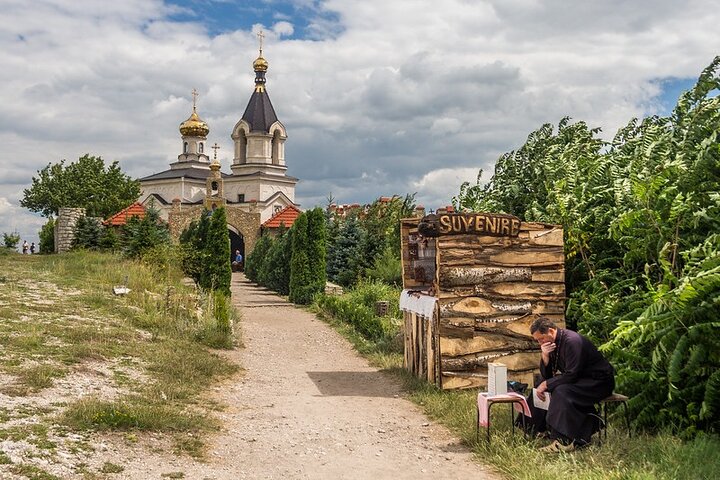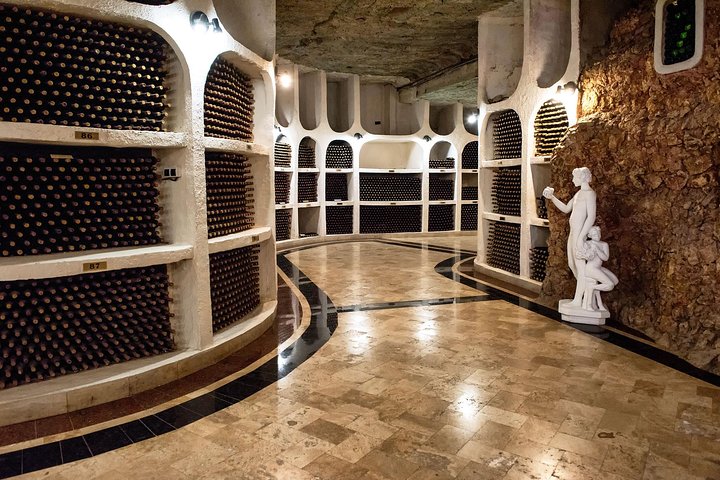Exploring Moldova’s Hidden Soviet Legacy: A Journey Through Time
In search of a deeper understanding of Eastern Europe’s hidden gems, I embarked on a journey through Moldova and Transnistria, uncovering the remnants of the Soviet Union’s legacy.
A Journey Through Time in Chisinau
As I stepped into the heart of Chisinau, the capital of Moldova, I was immediately enveloped by a sense of nostalgia. The city, with its blend of Soviet-era architecture and modern influences, seemed to whisper stories of a bygone era. Walking through the historical center, I was drawn to the Arch of Triumph, a symbol of resilience and endurance. The Parliament and Presidential Palace stood as silent witnesses to the country’s tumultuous history.
The streets were alive with the chatter of locals and the aroma of freshly baked pastries from nearby cafes. I found myself wandering through the souvenir market, where vendors displayed an array of handcrafted goods, each piece telling its own story. The Alley of Classical Romanian Writers was a serene escape, offering a moment of reflection amidst the bustling city.
The Enchantment of Cricova’s Underground City
Leaving the city behind, I ventured into the depths of the Cricova Winery, a subterranean wonder that defies imagination. The underground galleries, stretching over 120 kilometers, are a testament to human ingenuity and passion for winemaking. As I traveled through the labyrinthine tunnels, I was struck by the sheer scale of the operation. Over 30 million liters of wine are stored here, each bottle a piece of Moldova’s rich heritage.
Tasting the wines was an experience in itself. Each sip was a journey through the region’s history, with flavors that spoke of the land and its people. The pride of the winemakers was palpable, their dedication evident in every glass. It was a reminder of the beauty that can be found in tradition and the stories that are preserved through the art of winemaking.
Transnistria: A Glimpse into the Past
Crossing into Transnistria felt like stepping into a different world. This unrecognized state on the left bank of the Dniester River is a living museum of Soviet history. The Bendery Fortress, with its imposing walls and storied past, was a highlight of the visit. Climbing to the highest tower, I was rewarded with a panoramic view that seemed to stretch into eternity.
In Tiraspol, the largest city in Transnistria, time appeared to stand still. The streets were lined with Soviet-style buildings, each one a relic of a different era. I wandered into an old bookstore, its shelves filled with volumes that had witnessed the passage of time. The local market was a vibrant tapestry of colors and scents, offering a glimpse into the daily lives of the people.
As I sipped on Russian kvass by the Dniester River, I reflected on the journey. Moldova and Transnistria, with their complex histories and enduring spirit, had offered me a window into a world that is both foreign and familiar. It was a reminder that in exploring the past, we often find pieces of ourselves.






































